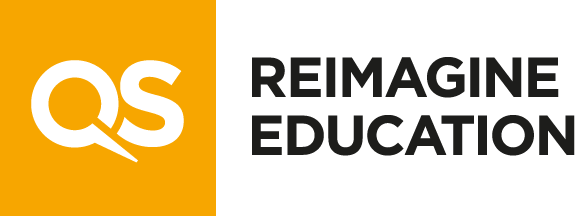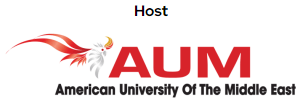REIMAGINE NEWSLETTER: ISSUE 5
UNLOCKING HIDDEN POTENTIAL THROUGH RECRUITMENT
Dear reader,
The Reimagine Education Awards application season is now fully underway. In the fortnight since this year’s call for applications was opened, just under 50 educators across the world have started their attempt to be crowned this year’s Overall Winner. The cohort already features leading universities, including Australia’s University of Sydney, the University of Texas at Austin, and the University of Glasgow. To begin your Reimagine journey, apply at www.reimagine-education.com before the 31st July: we can’t wait to hear from you!
Universities like Sydney, Texas, and Glasgow have built strong international reputations over decades, and, between them, currently cater to over 120,000 students. They are, for all their innovative research and work, representatives of the traditional university model characterised by – among other things – high research output, high student intakes, residential experiences, lecture theatres, and – perhaps most notably – high debt.
It’s a model that many are seeking to disrupt. Alternative university models are proliferating at speed, attempting to provide lower fees, reimagined student-teacher interactions, application processes that rely less on grades; and flexible, personalized learning experiences.
This edition of your Reimaginers newsletter focuses on one of the most revolutionary alternative university models: coding school 42. 42 has dispensed with classes, traditional syllabi, and the educator altogether. Peer-to-peer learning is not just a part of the educational experience, but the essence. Most notably, it provides a 3-to-5-year education free of charge.
In doing so, 42 is providing a model that offers answers to many of the questions posed by those critiquing the way that higher education is currently structured. In being free, it eliminates the perennial financial issue facing the majority of the world’s prospective students. It provides a radical solution to those that bemoan the lecture theatre as indicative of a pedagogical norm unaltered since the foundation of Oxford University.
It foregrounds employability, with its course outline foregrounding two mandatory internships. And it also deals with, or attempts to deal with, access issues: it doesn’t ask for any A-levels, previous coding experience, proof of solvency, or any other requirements that serve as barriers to equal access.
42 is exciting. It doesn’t so much represent a ‘stopping of the wheel’ as a ‘breaking of the wheel’. It takes a number of normative elements of the university-attending process and removes them, instead providing a model designed for the truly independent, entrepreneurial learner. You’ll be able to hear 42 USA’s leader, Brittany Bir, speak about 42’s work to reimagine the application process in this edition.
Yet for all 42’s undoubted merits, some of the questions that have dogged radical educationalists for years remain relevant. 42 is free, but is funded by charitable donations (totalling $100 million) from French billionaire Xavier Niel. As such, questions about the scalability of the 42 model remain relevant. Similarly, 42 – like other alternative university models explored for the mini-series we will be running over forthcoming issues – reinvents accreditation, offering no degree certificate.
In doing so, 42 imagines, and works toward, a world where proven competencies and relevant internships supersede the acquisition of BA (Hons) after one’s name. Subversive as this model is, the viability of this model as a norm is still open to question. This issue, and others facing alternative university provides, will be explored over the coming weeks.
Though 42 will continue to provide enthusiastic, talented young coders with a teacher-free, lecture-free environment, it remains clear that the traditional educator will remain at the forefront of the system (and the classroom) for the time being.
Reimagine Education is based on the premise that education and entrepreneurship need to be as inseparable in traditional education spaces – the classroom, lecture theatre, and university – as they are in the offices of educational startups.
If this is to occur, teachers will need to take an active role in fostering entrepreneurship – both for themselves and their students. In our penultimate article, Robyn Shulman, Editor of EdNews Daily and Reimagine Education partner, explains why teachers have the skillset necessary to make highly successful entrepreneurs.
Our final article introduces the reader to best practices in attempting to implement game-based learning into their syllabus, and classroom. It is written by Kat Shanahan of Filament Games, a US-based education video game developer, and acts as a summary of central concepts explored in their e-book for educators. We hope our readers find it illuminating.
As ever, our call for submissions and judges remain open, and we warmly invite those educational innovators and/or experts to join our attempt to drive educational change.
Regards,
Jack Moran
Editor

